Have you ever had this experience?
You’ve tried on shoes in a store for ages, but none of them fit quite right.
Your feet are too wide, your instep is too high, your left and right feet feel different...
You’re wearing the standard size, yet something just feels “off.”
The problem isn’t your shoe size — it’s that you don’t really understand your feet.
That’s where a magical device steps in: the 3D foot scanner. More specifically, it’s a high-precision foot measurement system based on laser scanning technology.
This system is now widely used in professional shoe stores, custom shoe brands, and sports rehabilitation centers. Within seconds, it generates a 3D image of your foot and captures every little detail.
Why has this technology suddenly become so popular?
Today, let’s talk about the answer hidden in a single beam of laser light.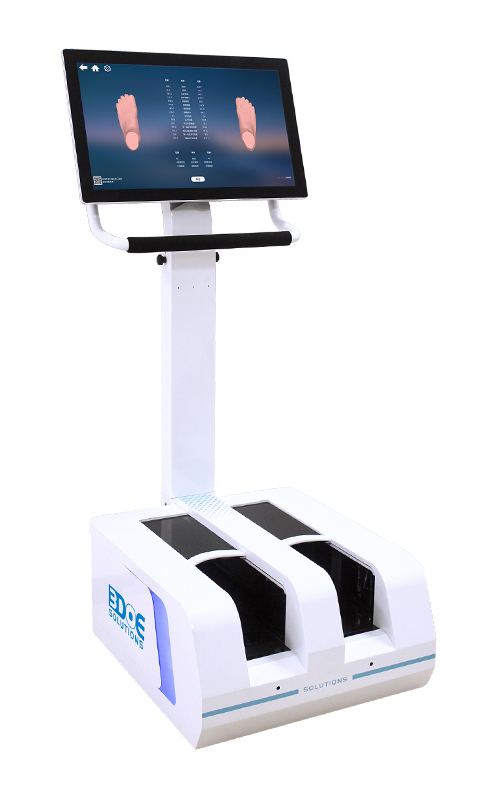
A Beam of Light Reveals the True Shape of Your Feet
The foot is one of the most complex structures in the human body, consisting of 28 bones, over 30 joints, and countless tendons and ligaments. No two feet are the same. Some people have wide feet, some have long toes, and many have asymmetrical left and right feet. These nuances are often the real reason behind poor shoe comfort.
Traditional tools like tape measures or calipers only capture “flat” data like foot length and width. They miss the 3D structure entirely — the arch height, toe curvature, heel contour, and more. As a result, many people wear the “right” size but feel uncomfortable.
That’s where laser foot scanning completely changes the game.
Using a high-speed laser scanner, a fine beam of light is projected across the surface of the foot — both the sole and the top. This beam acts like an invisible “brush,” tracing every curve, toe, ridge, and contour in detail.
In less than 10 seconds, the device generates a highly accurate millimeter-level 3D foot model. This model doesn’t just reflect a foot — it reflects your unique foot.
Precision. Speed. No Contact. Three Reasons to Love It.
The advantages of laser foot scanning can be summed up in three words: precise, fast, and contactless.
First, precision.
Laser beams have extremely high directionality and stability. Even without touching the foot, the scanner can accurately record every millimeter of its surface — even the small gaps between toes. This level of detail far exceeds traditional measuring methods.
Second, speed.
The entire scan takes just a few seconds, and the system automatically generates the data — no manual input required. This is perfect for high-traffic retail settings where efficiency matters.
Third, no physical contact.
There’s no need to attach sensors to the foot — everything is done through light. This ensures hygiene, safety, and comfort for the user, creating a friendly experience in store.
For businesses, this isn’t just a tool — it’s a powerful upgrade in professionalism and customer service.
From Your Feet to Your Fit: Custom Shoes That Actually Fit
Ill-fitting shoes are more than uncomfortable — they can affect posture, gait, knees, and even the spine. For people with special foot conditions like high arches, flat feet, size mismatches, or toe deformities, shoe fit is even more critical.
In the past, custom shoes required plaster casting and complex manual work. It was time-consuming and hard to standardize. But with laser scanning, the entire custom process is now faster and more streamlined.
Designers can import the foot’s 3D model directly into CAD software, adjust the design, and begin production. This creates a true one-to-one match, improving comfort and satisfaction while enhancing the brand’s expertise and credibility.
In short, laser scanning offers a reliable, standardized foundation for truly “made-to-measure” footwear.
The Future Is Bright: From Stores to Homes
Laser foot scanners are now common in custom shoe stores, athletic shoe brands, and orthotic clinics. Some major footwear brands have even made them standard in their flagship stores.
In the future, as the technology becomes more compact and affordable, it may even enter households. One day, your smart mirror at home might scan your feet, upload the data to the cloud, and recommend perfectly fitting shoes.
More importantly, this technology is pushing the footwear industry toward a more human-centered design philosophy. A big-data foot shape database may become the foundation of a new shoe design ecosystem.
From “shoes seeking feet” to “shoes made for people,” technology is redefining our relationship with our feet — one laser scan at a time.

 +86-0755-86131192
+86-0755-86131192 2025-07-07
2025-07-07 Back to list
Back to list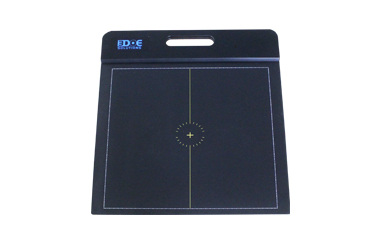
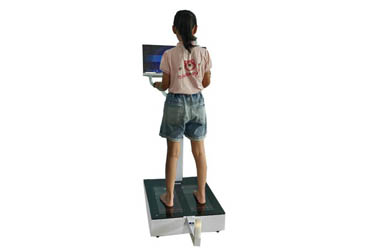
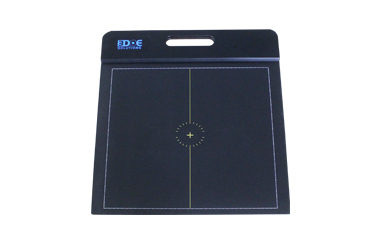
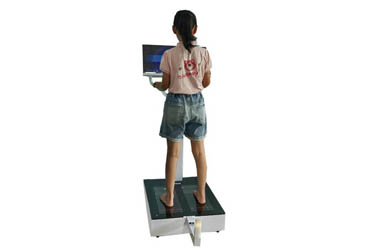
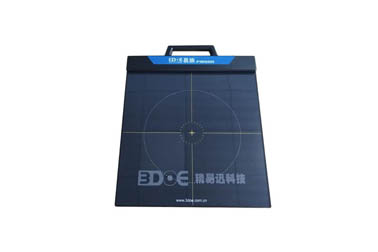
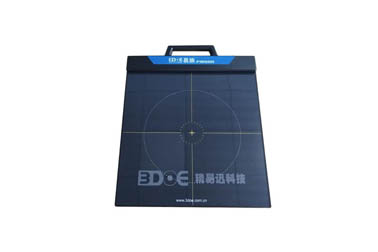



 +86-0755-86131192
+86-0755-86131192